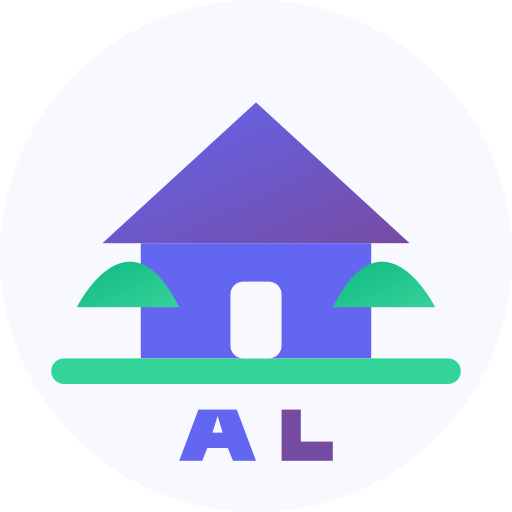
What is Tila AI?
Tila is a visual AI workspace for creating complex multimodal projects. Use GPT-4, DALL·E, Kling, Luma, and other top AI models all in one place. Create, code, search, and design — all within a single workspace without tab switching
Problem
Users currently rely on multiple AI tools and platforms for different tasks like content creation, coding, design, and search, requiring them to switch between multiple platforms, leading to fragmented workflows and inefficiency.
Solution
A visual AI workspace where users can integrate GPT-4, DALL·E, Kling, Luma, and other AI models to create, code, design, and search in a unified canvas, eliminating tab switching. Example: Coding with GPT-4 while generating AI art with DALL·E in the same interface.
Customers
Developers, data scientists, and content creators working on AI-driven projects; teams needing seamless collaboration on multimodal workflows. Demographics: Tech professionals aged 25-45, globally distributed, often in startups or innovation labs.
Unique Features
Consolidates top AI models (text, image, code, 3D) in one visual canvas; supports real-time collaboration, drag-and-drop interfaces, and multimodal output generation without context switching.
User Comments
All-in-one AI workspace eliminates app-switching chaos
Integrates coding and design seamlessly
Steep learning curve for non-technical users
Multimodal output saves time
Needs more third-party model integrations
Traction
Launched recently on ProductHunt (https://www.producthunt.com/posts/tila-ai-2) with 1.5K+ upvotes. Founder claims early traction with 500+ active teams and partnerships with AI model providers. No public MRR or funding disclosed.
Market Size
The global AI software market is projected to grow from $251 billion in 2023 to $1.3 trillion by 2032 (Custom Market Insights, 2023), driven by demand for unified AI tools.


